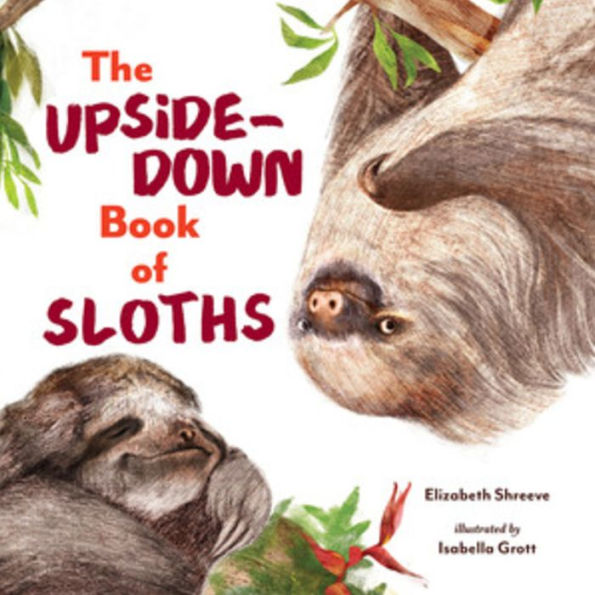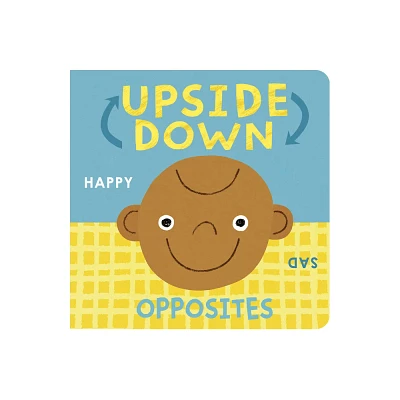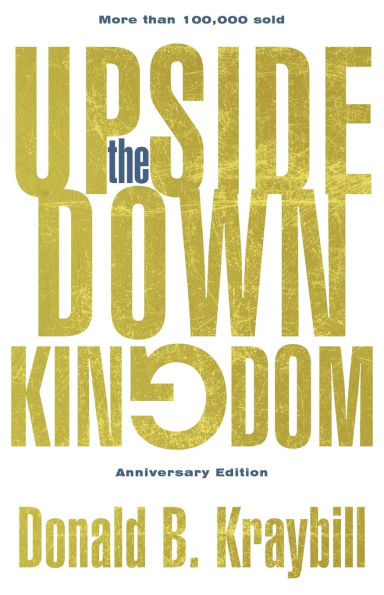Home
The Upside-Down Book of Sloths
Loading Inventory...
Barnes and Noble
The Upside-Down Book of Sloths
Current price: $18.95


Barnes and Noble
The Upside-Down Book of Sloths
Current price: $18.95
Loading Inventory...
Size: Hardcover
*Product Information may vary - to confirm product availability, pricing, and additional information please contact Barnes and Noble
Slow, sleepy—and adorable. This playful and informative picture book follows the fascinating history of one of the world’s most beloved animals.
Many find sloths cute, while some find them just plain bizarre. In The
Upside-Down Book of Sloths
, Elizabeth Shreeve uncovers their less-well-known evolutionary history and how they became the beloved—and unique—creatures of today. She pairs and compares the six extant modern species, like the pygmy sloth, the brown-throated sloth, and the ai, with their prehistoric counterparts, such as
Thalassocnus
, the tough seafaring sloth;
Paramylodon
, which had armor-like skin and walked on the sides of its feet; and
Megatherium
, which could weigh up to 8,000 pounds. She even reveals how modern sloths have adapted to hang upside down, how they learned to swim, and even how they poop!
As entertaining as it is educational,
The Upside-Down Book of Sloths
offers a brilliant deep dive into sloths, their evolution, and their connections to our planet’s natural history—and future.
Many find sloths cute, while some find them just plain bizarre. In The
Upside-Down Book of Sloths
, Elizabeth Shreeve uncovers their less-well-known evolutionary history and how they became the beloved—and unique—creatures of today. She pairs and compares the six extant modern species, like the pygmy sloth, the brown-throated sloth, and the ai, with their prehistoric counterparts, such as
Thalassocnus
, the tough seafaring sloth;
Paramylodon
, which had armor-like skin and walked on the sides of its feet; and
Megatherium
, which could weigh up to 8,000 pounds. She even reveals how modern sloths have adapted to hang upside down, how they learned to swim, and even how they poop!
As entertaining as it is educational,
The Upside-Down Book of Sloths
offers a brilliant deep dive into sloths, their evolution, and their connections to our planet’s natural history—and future.

















